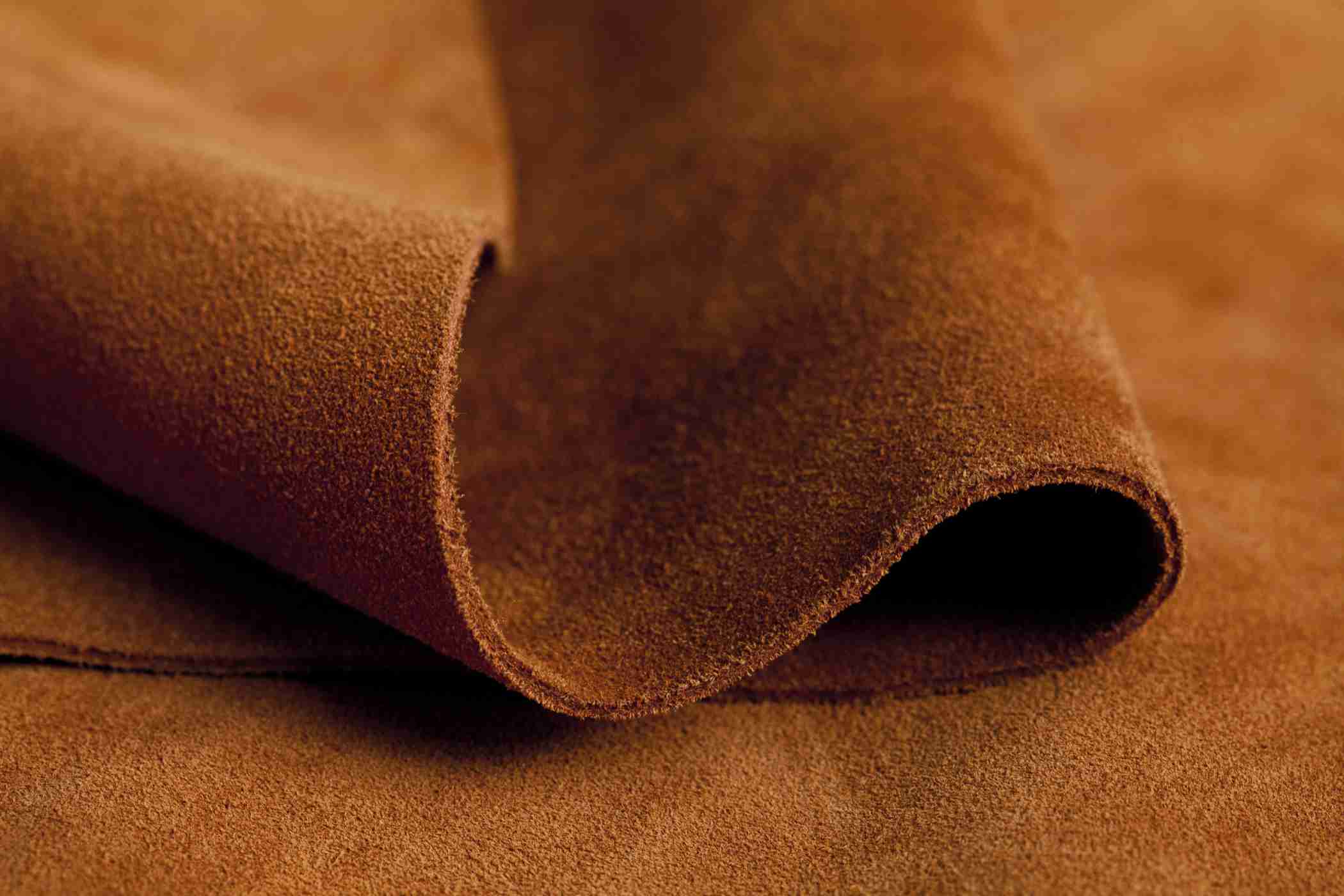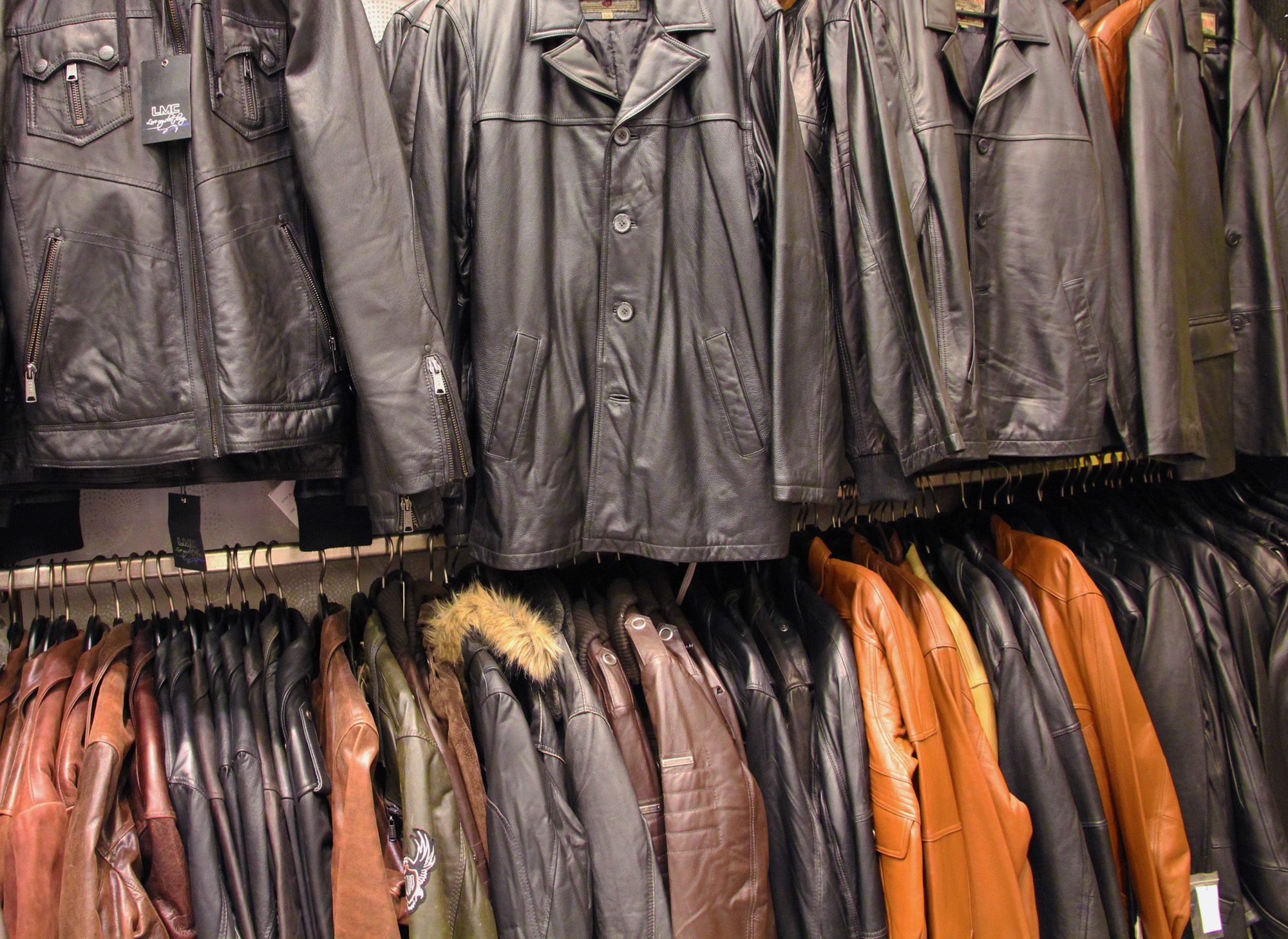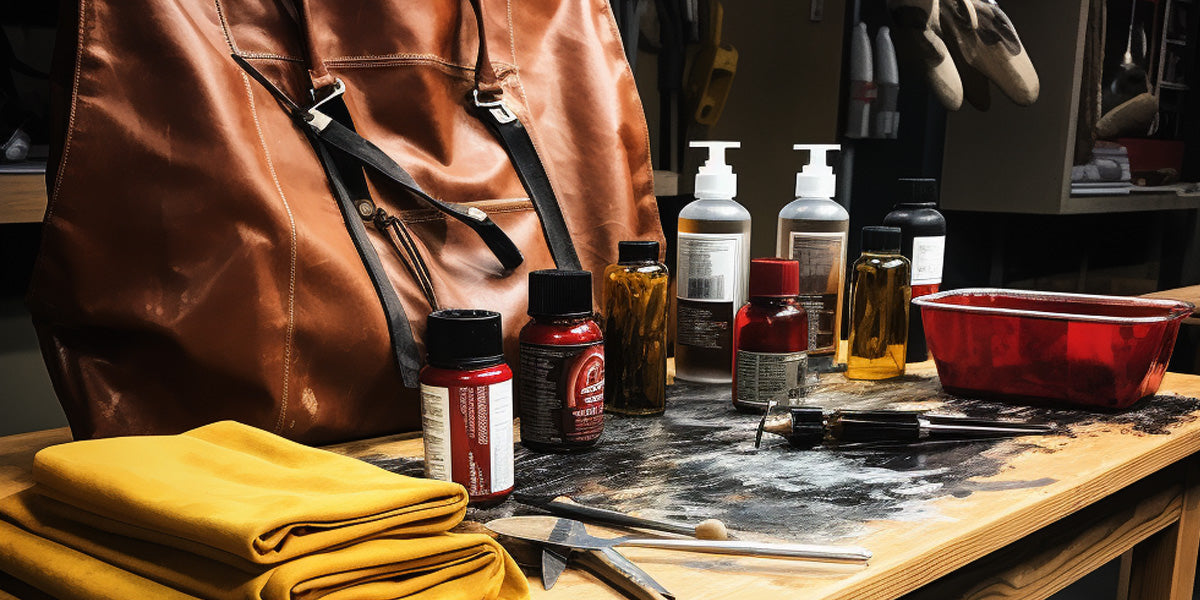What cleaner is safe for faux leather?
Completely. Caring for faux leather is about respecting its structure—a layered material engineered for durability and beauty. Modern faux leather (polyurethane or PVC-based) combines affordable luxury with ethical appeal, but its synthetic nature demands specific cleaning protocols to maintain its charm.
Understanding Faux Leather’s Composition
High-quality faux leather comprises a fabric base (polyester or cotton) coated with polymer layers. Unlike natural leather’s porousness, this coating resists absorption, making spills easy to wipe off. However, its surface can degrade if cleaned with abrasives, solvents, or alkaline agents. The safest approach prioritizes pH neutrality and gentleness. A mild dish soap diluted in warm water is universally effective for routine cleaning—its surfactants lift grime without corroding protective layers. Test any solution on a hidden seam before wider application. For textured faux leather, a soft-bristled toothbrush gently loosens debris from grain patterns without scuffing.
Addressing Stains and Discoloration
For ink, oils, or makeup, start by blotting—not rubbing—the stain to avoid spreading. A baking soda paste (mixed with water) dabbed onto affected areas sits for 10 minutes before wiping, neutralizing odors and lifting marks. Isopropyl alcohol (70%, dosed on cotton swabs) disintegrates stubborn adhesives like sticker residue without damaging the polymer coating. Deep-set stains like dye transfer respond to non-acetone nail polish remover applied sparingly on a microfiber cloth. Always follow cleansers with a water-dampened wipe to remove residue, then dry with a towel. Sun exposure accelerates fading; promptly blot sweat or spills during outdoor use.
Preserving Texture and Color Integrity
After cleaning, protect faux leather with water-based sprays containing UV inhibitors to resist yellowing. For matte finishes, avoid silicone-based polishes; opt for sprays designed specifically for synthetics. Store faux leather away from sharp objects, and never fold creases excessively to prevent “crazing” (micro-cracks in the coating).
Ethical and Longevity Advantages
Faux leather’s ease of cleaning reflects its resilience: no conditioning is needed, unlike genuine leather. Vegan and sustainable options (e.g., Piñatex or cactus leather) clean similarly but may require plant-based cleaners. While faux leather wears more uniformly than genuine leather, its stain resistance and straightforward maintenance make it a triumph of thoughtful material engineering—a tribute to human ingenuity mirroring nature’s aesthetics.







